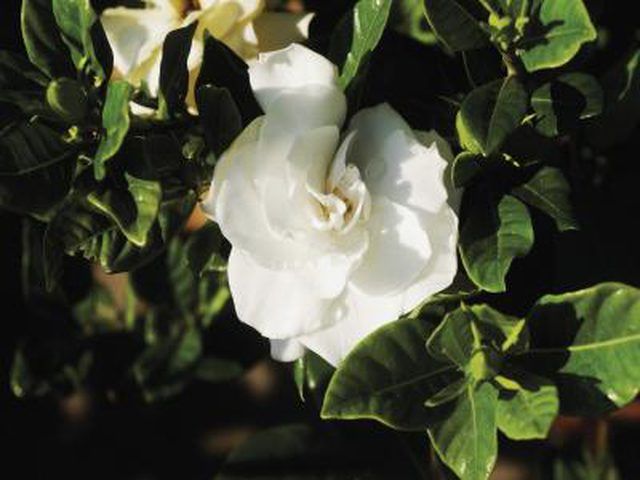Bulbs
Flower Basics
Flower Beds & Specialty Gardens
Flower Garden
Garden Furniture
Garden Gnomes
Garden Seeds
Garden Sheds
Garden Statues
Garden Tools & Supplies
Gardening Basics
Green & Organic
Groundcovers & Vines
Growing Annuals
Growing Basil
Growing Beans
Growing Berries
Growing Blueberries
Growing Cactus
Growing Corn
Growing Cotton
Growing Edibles
Growing Flowers
Growing Garlic
Growing Grapes
Growing Grass
Growing Herbs
Growing Jasmine
Growing Mint
Growing Mushrooms
Orchids
Growing Peanuts
Growing Perennials
Growing Plants
Growing Rosemary
Growing Roses
Growing Strawberries
Growing Sunflowers
Growing Thyme
Growing Tomatoes
Growing Tulips
Growing Vegetables
Herb Basics
Herb Garden
Indoor Growing
Landscaping Basics
Landscaping Patios
Landscaping Plants
Landscaping Shrubs
Landscaping Trees
Landscaping Walks & Pathways
Lawn Basics
Lawn Maintenance
Lawn Mowers
Lawn Ornaments
Lawn Planting
Lawn Tools
Outdoor Growing
Overall Landscape Planning
Pests, Weeds & Problems
Plant Basics
Rock Garden
Rose Garden
Shrubs
Soil
Specialty Gardens
Trees
Vegetable Garden
Yard Maintenance
How to Prune a Gardenia Tree From a Freeze
How to Prune a Gardenia Tree From a Freeze. Despite their ethereal look, gardenias (Gardenia jasminoides) can take frost and even a brief freeze with little damage, but the evergreen is not immune to the cold. Hardy from U.S. Department of Agriculture plant hardiness zones 7 or 8 to 11, depending on cultivar, the shrub can live in temperatures down...

Despite their ethereal look, gardenias (Gardenia jasminoides) can take frost and even a brief freeze with little damage, but the evergreen is not immune to the cold. Hardy from U.S. Department of Agriculture plant hardiness zones 7 or 8 to 11, depending on cultivar, the shrub can live in temperatures down to 20 degrees Fahrenheit, with some cultivars able to withstand zero degrees. Gardenias that are damaged by cold can show yellow leaf burn, dropped buds and stem die-back, which most recover from in the spring. Pruning restores a freeze-damaged gardenia tree's good looks.
Things You'll Need
Bypass pruners
Household antiseptic cleaner
Paper towels
Soft-bristle brush
Monitor your cold-damaged gardenia, waiting for temperatures to remain consistently warm and for new growth to begin on any part of the plant. Don't pick up the pruners until there is no chance that cold will return.
Wipe away any dirt or debris from the blades of your bypass pruners with a paper towel or soft-bristle brush, if necessary. Spray the blades with household antiseptic cleaner and dry them with a paper towel. This eliminates any potential of transferring plant disease or fungus from other plants pruned with the tool.
Cut away dead or damaged plant material, cutting 1/4 inch above the first swelling bud below the damaged area of the stem with bypass pruners. Make the cut at a 45-degree angle. Because gardenias bloom on last year's wood, you don't want to cut off any more than is absolutely necessary to avoid eliminating more of those lovely white flowers than you have to.
Scrape your fingernail or the edge of your pruner's blade lightly into the bark of a damaged stem when you don't see any signs of new growth to determine if it is really dead before you cut. A live stem shows a layer of green just below the bark. Work from the tip of a damaged stem down, until you either see green or determine that the branch needs to be removed at its base.
Clean up any frost-burned leaves or buds that have dropped around the gardenias to eliminate hiding places for insects and fungal disease. Leave damaged leaves on live stems. Broadleaf evergreens, such as gardenias, push out new growth to replace damaged leaves as the growth begins.
Tips & Warnings
Move potted gardenias to a cool area, such as a carport, covered porch, garage or basement when cold weather threatens. Consider potted plants to be two zones less hardy than the plant is generally.
Place stakes several inches taller than your gardenia tree around the plant and cover it with frost cloth all the way to the ground when temperatures dip; this provides a few extra degrees of protection to avoid damage. Don't let the cloth touch the plant or it conducts the cold.
Shade a gardenia that has experienced an extremely cold night from the morning sun. The abrupt change in temperature can cause frozen plant material to thaw too quickly, rupture and die back.
Plant cold-resistant gardenia cultivars, such as "Kleim's Hardy," "Frost-Proof," "Daisy" or "Chuck Hayes," which are hardy down to USDA zone 6 or 7.
When the whole plant freezes to the ground, gardenias don't come back from the roots.